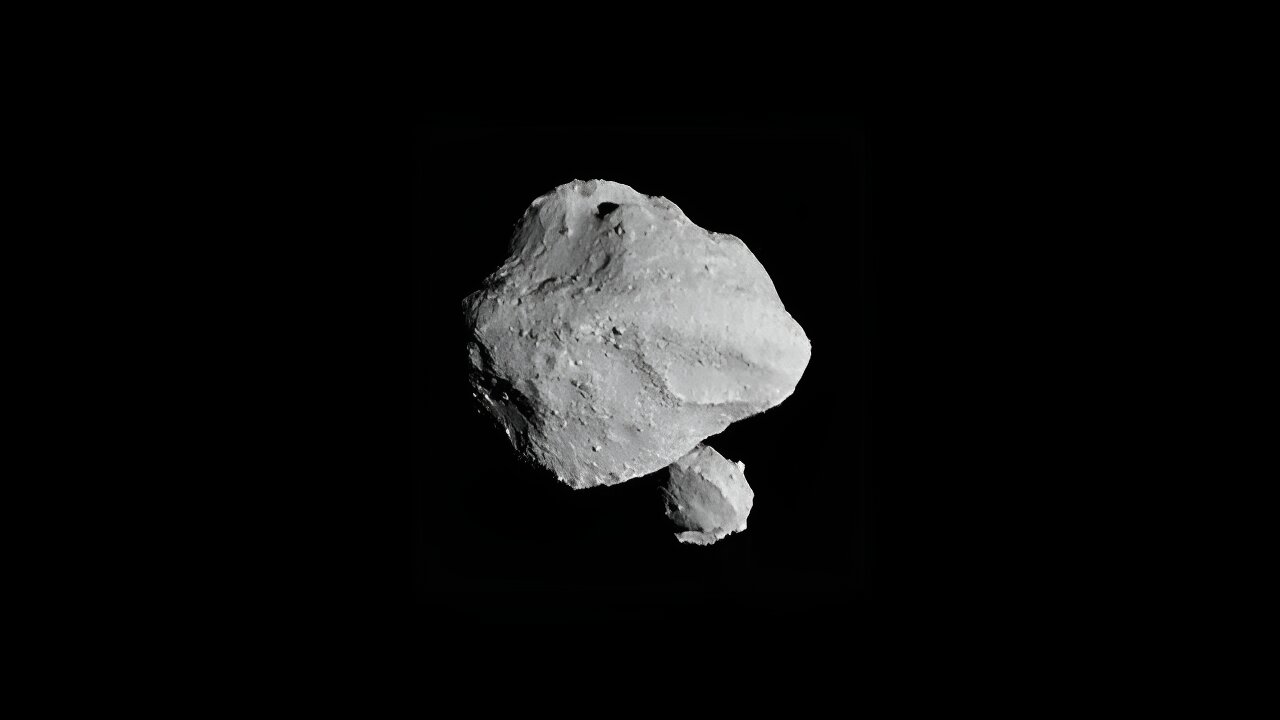x to close
This image provided by NASA shows a photo taken by the Lucy spacecraft on Wednesday, November 1, 2023, of the asteroid Dinkinsh, 300 million miles from Earth. Dinkinsh, which is only half a mile wide, seems to have a grumpy sidekick…only a tenth of a mile wide. This little companion was a surprise for everyone. Credit: NASA via AP
A small asteroid visited by NASA’s Lucy spacecraft this week had a big surprise for scientists.
Asteroid Dinkinesh appears to have a mini-sidekick moon.
The discovery was made during Wednesday’s flyby of Dinkins, 300 million miles (480 million kilometers) in the main asteroid belt beyond Mars. The spacecraft took a picture of the pair when it was about 270 miles (435 km) away.
In data and images sent back to Earth, the spacecraft confirmed that Dinkinesh is barely half a mile (790 meters) across. The moon is only a tenth of a mile (220 meters) across.
NASA sent Lucy as a drill for larger, more mysterious asteroids near Jupiter. Launched in 2021, the spacecraft will reach the first so-called Trojan asteroids in 2027 and explore them for at least six years. The main target list of seven asteroids is currently 11.
Dinkinesh means “you are amazing” in the Ethiopian Amharic language. It’s also the Amharic name for Lucy, the 3.2-million-year-old remains of a human ancestor found in Ethiopia in the 1970s, after which the spacecraft is named.
“Dinkins truly lived up to its name,” Hal Levison, chief scientist at Southwest Research Institute, said in a statement. This is amazing.
2023 Associated Press. All rights reserved. This material may not be published, broadcast, rewritten or redistributed without permission.
#close #flyby #NASAs #spacecraft #discovered #small #moon #asteroid
Image Source : phys.org

